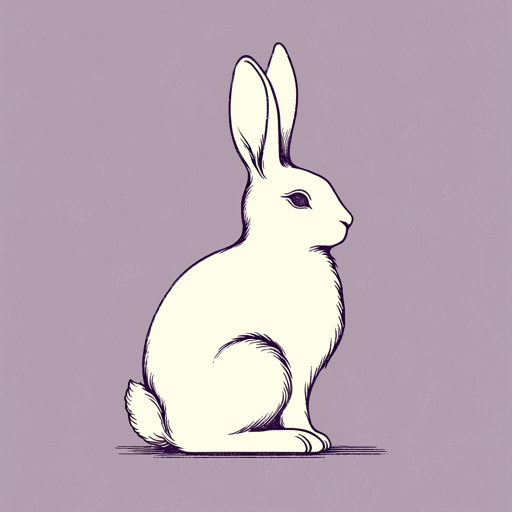60 pages • 2 hours read
Mona AwadBunny
Fiction | Novel | Adult | Published in 2019A modern alternative to SparkNotes and CliffsNotes, SuperSummary offers high-quality Study Guides with detailed chapter summaries and analysis of major themes, characters, and more.
Background
Cultural-Literary Context: Academia and Clique Narratives
Bunny joins a wide canon of campus novels that satirize academia and explore its frustrations. This genre emerged in the 1950s and includes works like Pnin by Vladimir Nabokov, The Secret History by Donna Tartt, and Normal People by Sally Rooney. Campus novels frequently highlight how high school and college campuses can thwart creativity instead of cultivating it. In J.D. Salinger’s short novel Franny and Zooey (1961), Franny is somewhat traumatized by her unnamed, elite school and needs to get away from it. In Bunny, Warren College makes Samantha not write; likewise, Franny’s school makes her not act in plays. Bunny also references Sylvia Plath’s novel, The Bell Jar. Plath’s protagonist, Esther Greenwood, is fascinated by violence, and not getting into a creative writing class propels her into a precarious space.
With the Bunny clique, Awad also draws on mean-girl tropes and clique narratives. Bully and popular clique narratives have dominated teen media for decades, and movies like Heathers (1989) satirize teen hierarchies through extreme violence. Many mean-girl stories are set in high schools. The Gossip Girl series (2002-2011) by Cecily von Ziegesar focuses on mean girls at an elite, private New York City high school.
Related Titles
By Mona Awad



